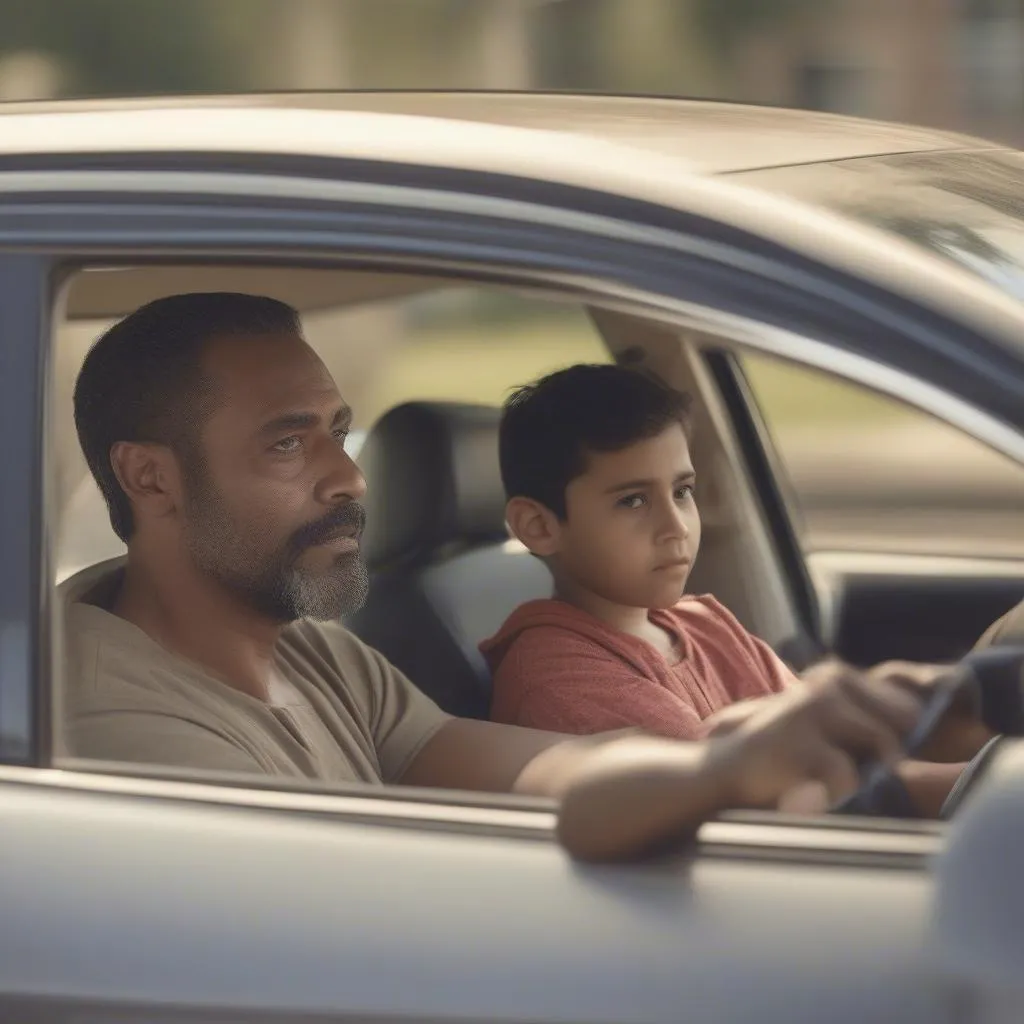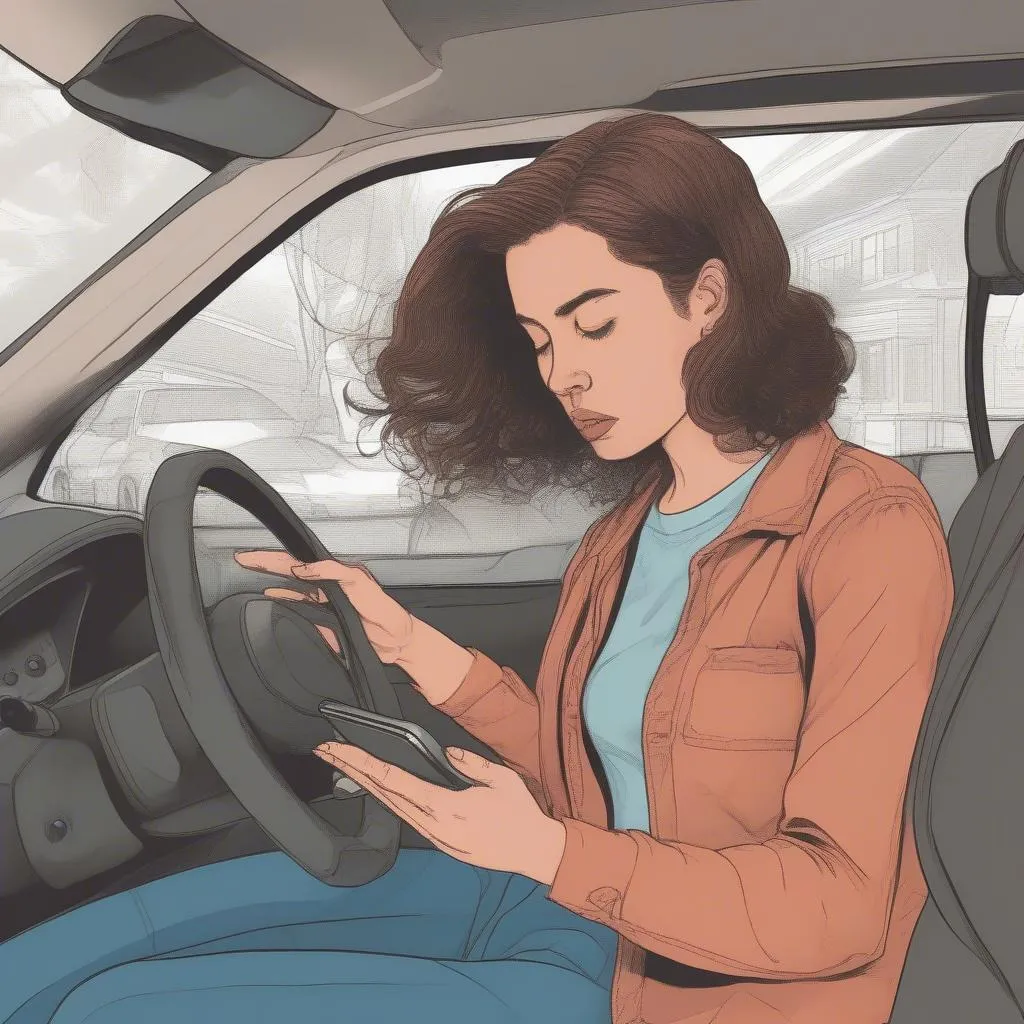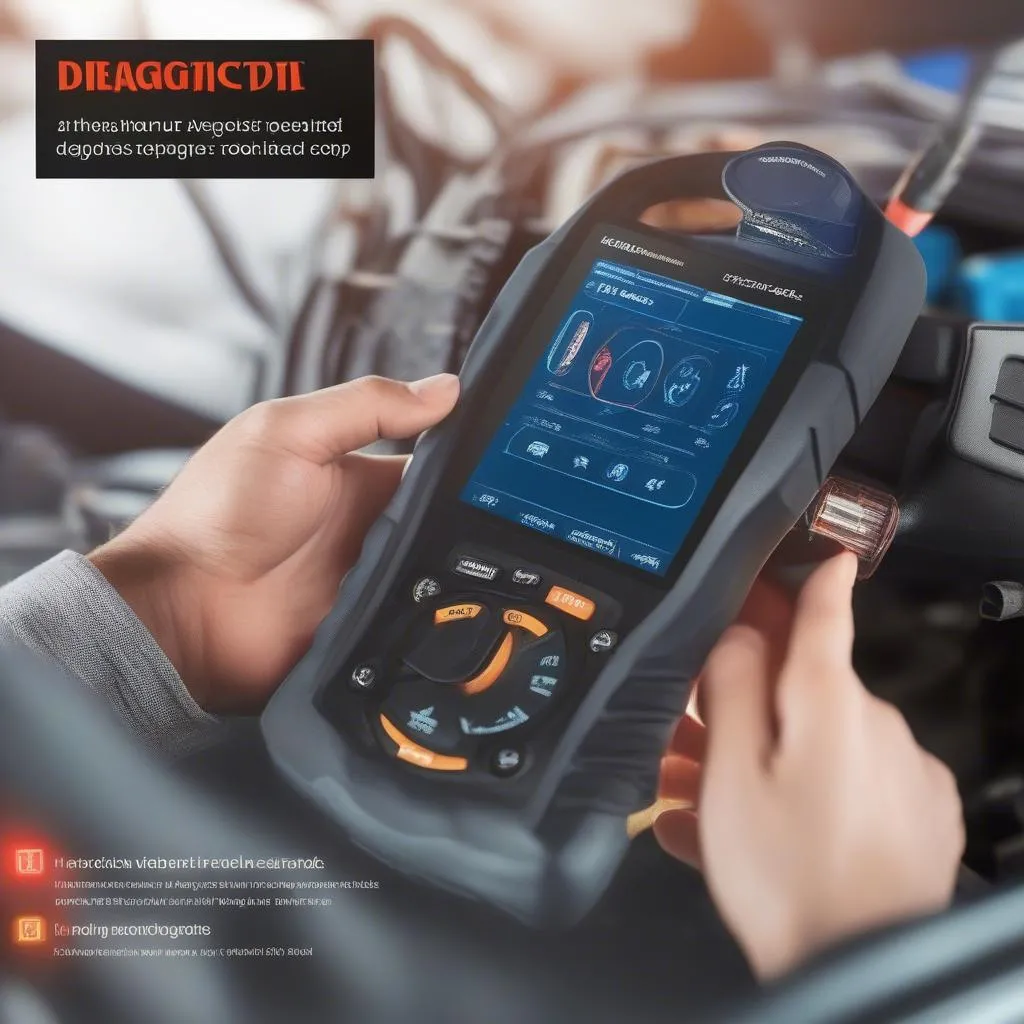Imagine this: Your 18-year-old son just got his driver’s license and is eager to explore the open road. He’s driving your car, excited to be independent, when suddenly, an accident happens. You, as the parent, might wonder: “Am I liable for my son’s actions behind the wheel?” This question can be a source of worry for many parents.
Understanding Parental Liability
It’s natural to wonder about your legal responsibilities when your child gets into a car accident. The concept of parental liability in car accidents revolves around the legal concept of “negligence.” This means that a parent could be held responsible if they failed to take reasonable steps to prevent the accident from happening.
Factors Affecting Liability
Age: In most jurisdictions, once a child reaches the age of 18, they are considered adults. This means they are generally held responsible for their own actions, including driving.
Ownership and Insurance: If the car involved in the accident is registered in your name, it’s more likely that you’ll be named in any legal proceedings, particularly if you have car insurance covering your son. However, this does not automatically make you liable.
Negligence: The most significant factor determining liability is whether you acted negligently. This could involve:
- Failing to properly supervise your child’s driving: Did you allow them to drive unsupervised, even though they were inexperienced or had a history of reckless driving?
- Failing to provide proper driving instruction: Did you provide your child with adequate training and supervision to prepare them for the responsibilities of driving?
- Providing a vehicle knowing they were not qualified to drive: Did you knowingly provide your child with a car despite their lack of driving experience or their history of traffic violations?
Shared Responsibility: In many cases, liability can be shared between the parent and the child. If the child’s recklessness or negligence caused the accident, they would also bear responsibility.
Real-Life Scenarios
Let’s consider some real-life scenarios that might lead to parental liability:
Scenario 1: A 19-year-old driver, John, is speeding down a busy highway in his father’s car. He loses control and crashes into another vehicle, causing injuries. John’s father may be held partially liable if he knew about his son’s reckless driving habits but continued to let him use the car.
Scenario 2: Sarah, an 18-year-old, has just received her driver’s license and is driving her mother’s car. She’s driving at a safe speed on a quiet road when she gets distracted by her phone and crashes into a telephone pole. Sarah is primarily liable, but her mother could be held liable if she failed to properly instruct Sarah about the dangers of distracted driving.
It’s helpful to visualize these scenarios. Here’s how John’s father might look while driving with his son:  Father and Son Driving Together
Father and Son Driving Together
Seeking Expert Advice
The complexities of parental liability in car accidents often necessitate legal guidance. It’s always advisable to consult with an experienced attorney specializing in personal injury law. They can assess the specifics of your situation and provide personalized advice.
For example, an attorney like Mr. John Smith from Smith & Associates Law Firm in San Diego, California, might provide valuable insights into your case.
Minimizing Risk
While you can’t completely eliminate the risk of your child being involved in a car accident, there are steps you can take to minimize the potential for liability:
- Properly instruct and supervise: Ensure your child receives comprehensive driving instruction and that they understand the rules of the road, safety measures, and the consequences of their actions. Supervise their driving until you feel confident in their abilities.
- Set clear expectations: Establish clear rules and consequences for driving. Make sure they understand the dangers of speeding, distracted driving, and driving under the influence of alcohol or drugs.
- Monitor driving habits: Keep track of their driving habits, especially in the early stages after getting their license. Review their driving record and discuss any potential concerns.
- Consider safety features: Encourage the use of safety features like seatbelts, anti-lock brakes, and airbags. Consider investing in a car with additional safety features, such as lane departure warning and automatic emergency braking.
Here’s an example of a scenario involving distracted driving:  Distracted Driving Accident
Distracted Driving Accident
Frequently Asked Questions
Q: Can I be held liable for an accident if my child is driving my car without my permission?
- A: While you are usually not liable for accidents involving a car driven without your consent, there are some exceptions. If you knew or should have known that your child was likely to drive the car without permission, you might be held partially liable.
Q: Can I be held liable if my child is driving another family member’s car?
- A: Generally, you are not liable for accidents involving a car you do not own or insure. However, if you allowed your child to drive that car knowing they were inexperienced or reckless, you might be held partially liable.
Q: What steps should I take if my child is involved in a car accident?
- A: Stay calm and prioritize the safety of everyone involved. Contact the police and exchange information with other drivers involved. Seek immediate medical attention if necessary. Document the details of the accident, including photos, witness statements, and any relevant information.
Further Resources
- National Highway Traffic Safety Administration (NHTSA): https://www.nhtsa.gov/
- Centers for Disease Control and Prevention (CDC): https://www.cdc.gov/
Need Help With Car Diagnostics?
Reach out to us at Whatsapp: +84767531508 for 24/7 support with car diagnostics tools. We can help you troubleshoot any issues you may have with your vehicle’s electrical system.
Remember: While the legal responsibilities of parents for their children’s driving actions are complex, understanding the factors involved can help you make informed decisions about your child’s driving and minimize the risk of liability. Always consult with an experienced attorney for personalized advice.
This picture showcases a car diagnostic tool that might be used for troubleshooting:  Car Diagnostic Tool
Car Diagnostic Tool